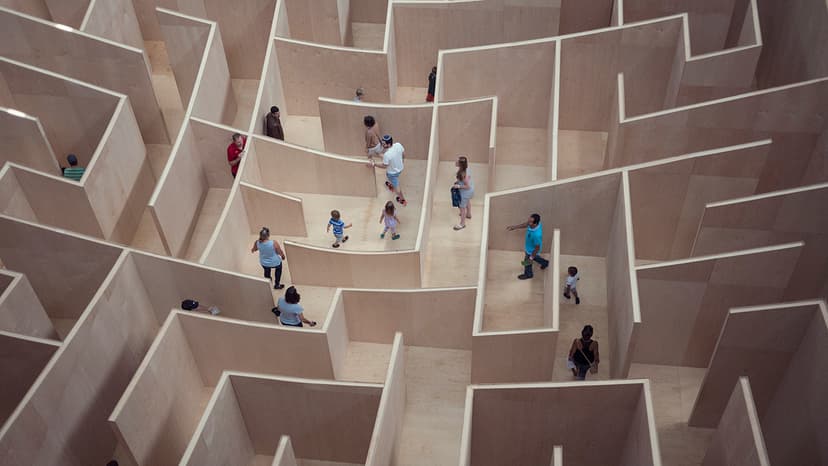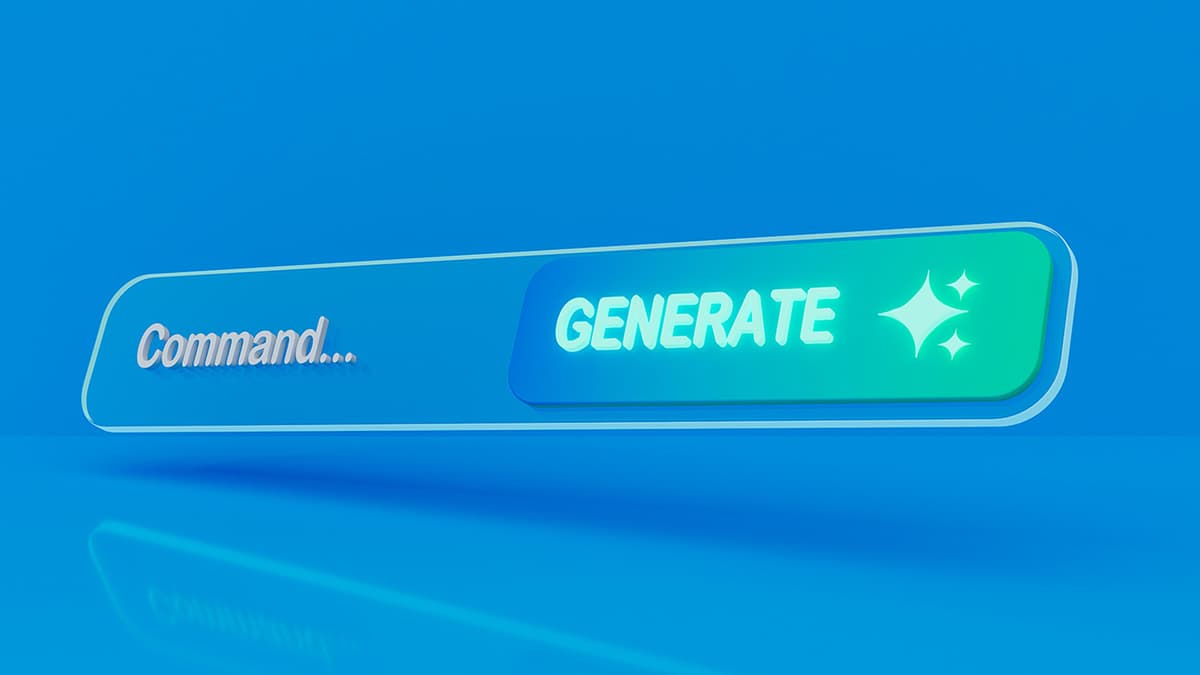Understanding Visual Recognition in Simple Terms
Visual recognition, at its core, is the ability to interpret and understand visual information. This means being able to look at a picture, a video, or the world around us, and making sense of what we see. Humans do this naturally from the moment we open our eyes as babies. For computers, though, this is a complex task. Let's break down how visual recognition works in a simple and easy-to-understand way.
What Is Visual Recognition?
Visual recognition for computers is part of what's known as computer vision, a field of artificial intelligence (AI) that enables computers to process and analyze visual data from the world. The goal is for machines to be able to identify objects, understand scenes, recognize faces, and even read handwritten text as accurately as humans do.
How Computers "See"
First off, let's talk about how computers "see." Unlike humans, computers don't have eyes. They use cameras and sensors to capture images and videos, which are then turned into a grid of pixels. Each pixel carries information about color and brightness. Unlike a human eye that can perceive a vast range of colors, a computer sees in binary - numbers that describe the level of red, green, and blue (RGB) at each pixel.
Processing the Data
Once a picture is captured as pixels, the next step is to process this data. This is where algorithms, which are sets of rules or instructions for solving a problem, come into play. But before an algorithm can work with an image, the image usually goes through pre-processing. This includes steps like resizing the image, adjusting the contrast, or converting it to grayscale to reduce complexity.
Feature Extraction
Feature extraction is a crucial step in visual recognition. A feature can be an edge, a corner, a spot of a particular color, or any distinctive piece of visual information. The idea is for the computer to pick up on specific features that are unique or critical for identifying what's in an image. For instance, a feature in facial recognition could be the distance between the eyes or the shape of the ear.
Machine Learning
Machine learning, a subset of AI, is fundamental to visual recognition. It enables computers to learn from data and improve over time. There are many different approaches, but one widespread method is using neural networks, especially deep learning.
Neural Networks
A neural network is a computer system designed to work by classifying information in a way that mimics how the human brain operates. A deep neural network has many layers between the input and output, which helps in understanding the complexity of images.
The first layers may only recognize simple features like edges, while deeper layers understand more complex features like shapes or even whole objects. These layers are made up of artificial neurons that are trained to activate in response to specific features.
Training
For neural networks to recognize things properly, they must be trained using a lot of data. During training, the network is fed thousands, if not millions, of images that are already labeled. For instance, pictures of cats labeled as "cat" and pictures of dogs labeled as "dog." The network makes predictions based on its current state and then adjusts its neurons based on whether those predictions were right or wrong. This process of adjustment is called backpropagation.
As the network sees more images and makes more adjustments, it gets better at making the right predictions. This is similar to how practicing a skill leads to improvement.
Real-World Applications
Companies are applying visual recognition in a variety of innovative ways. For instance, self-driving cars from companies like Tesla employ visual recognition to navigate the road safely. Social media platforms like Facebook use it to suggest tags for photos by recognizing your friends' faces.
Retail giants like Amazon are harnessing the power of visual recognition for their cashless stores, where cameras identify what you take off the shelves and charge you as you leave without needing to go through a checkout line. Then there's healthcare, where visual recognition helps to diagnose diseases by recognizing patterns in X-rays and MRI images that might be too subtle for the human eye.
Visual recognition is about teaching computers to process and understand visual data so that they can identify and classify images the way we do. This starts by capturing images as data, processing that data, and then leveraging machine learning algorithms to learn from examples. As computers become more adept at visual recognition, the technology opens up a world of possibilities across various industries. And as this field advances, we'll see even more creative and valuable applications for visual recognition in our everyday lives.












